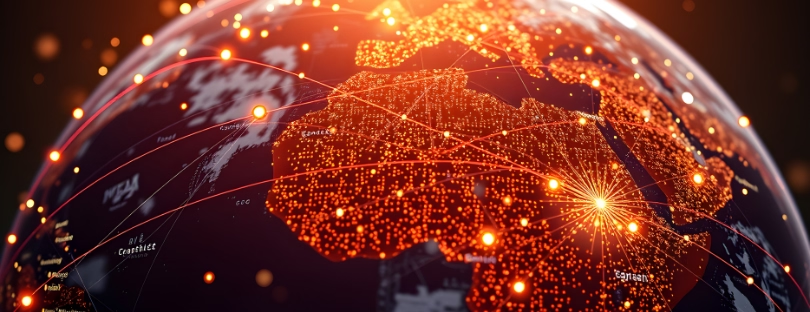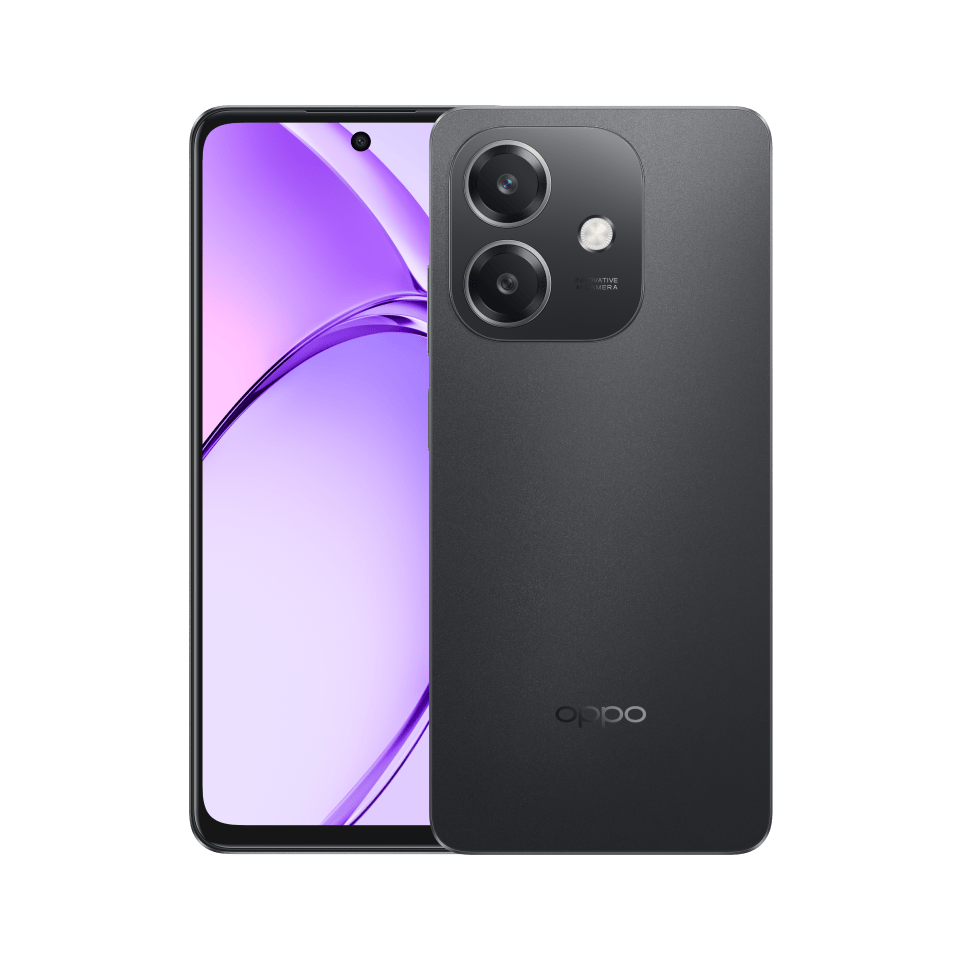
Global Internet Users Surge 240M to Hit 6 Billion in 2025
The world crossed another connectivity milestone in 2025: more than 6 billion people are now online, according to the ITU’s newly released Facts and Figures 2025. That’s roughly three-quarters of the global population—a jump of over 240 million people in a single year.
But the headline number only tells part of the story. While Internet adoption keeps rising, the quality of that connection—from speed to affordability to digital skills—remains highly uneven. And that imbalance determines who can actually participate in a digital-first world, especially as technologies like AI become central to everyday life, travel, business, and government services.
The offline population has dipped slightly, from 2.3 to 2.2 billion people worldwide, but the divide is shifting from “connected vs. unconnected” to something more complex: “connected vs. meaningfully connected.”
The great bandwidth gap
One of the most revealing updates in this year’s report is the ITU’s first-ever measurement of total 5G subscriptions. Roughly 3 billion people are now using 5G—about one-third of all mobile broadband subscriptions globally. And 5G coverage has reached 55% of the world’s population.
But coverage is far from equal:
- 84% of people in high-income countries have access to 5G
- Only 4% in low-income countries can say the same
Even though most of the world technically sits under 3G or 4G coverage, that doesn’t mean these connections can support modern digital life—especially data-heavy services, cloud computing, digital identity, fintech apps, or AI-assisted tools.
The usage gap tells the story even more clearly:
A typical mobile user in a high-income country now consumes eight times more data than a user in a low-income country.
This isn’t about entertainment—it’s about access to education, remote jobs, e-health, and digital services that increasingly require fast, stable connections.
Affordability and skills: the next frontier of inclusion
Connectivity is not only about towers and spectrum. It’s also about whether people can afford to get online and whether they know how to use digital tools safely and productively.
Globally, the median cost of a mobile data-only package has fallen—good news on the surface. But for 60% of low- and middle-income countries, mobile broadband is still considered unaffordable under global pricing benchmarks.
On top of that, the ITU notes that while basic digital skills are becoming widespread, more advanced skills—cybersecurity awareness, content creation, and online problem-solving—remain slow to develop.
Those skills gaps are now emerging as one of the biggest obstacles to “meaningful connectivity,” where users aren’t just online but actually gaining value from the Internet.
Who is still being left behind?
Digital development continues to follow economic lines, but the gaps extend across gender, age, and geography.
Key divides to watch (H5)
- 94% of people in high-income countries are online
vs 23% in low-income countries - 96% of those who remain offline live in low- or middle-income countries
- 77% of men use the Internet
vs 71% of women - 85% of people in urban areas are online
vs 58% in rural areas - 82% of young people (15–24) are online
vs 72% of adults outside that age group
These aren’t new disparities, but they’re becoming more consequential as critical services—banking, healthcare, education, travel bookings, and job platforms—move fully online.
Why it matters for the travel and connectivity ecosystem
From an Alertify lens, these numbers have a very direct meaning. As cross-border travel resurges and AI-driven services scale globally, the demand for affordable, high-quality mobile data becomes even more essential. The ITU’s findings echo what we’re seeing across the roaming and eSIM ecosystem:
- Consumers in high-income markets shift rapidly to 5G-first connectivity, adopting eSIMs at record speed
- Travelers from emerging markets still rely heavily on 3G/4G, often with much lower spending power
- The appetite for low-cost roaming, data calculators, and transparent pricing tools continues to rise
- eSIM providers pushing multi-country plans, app-based onboarding, and AI-powered usage controls are aligning with the ITU’s call for “meaningful connectivity.”
Providers such as Airalo, Airhub, Yesim, Nomad, and aloSIM are already leaning into more flexible pricing, regional bundles, and more intuitive apps. Meanwhile, network operators and MVNOs in Europe and the Gulf are expanding 5G SA coverage—something that will redefine what travelers expect from their mobile Internet.
What the numbers tell us about the next big shift (H5)
The ITU report strengthens a trend seen in other industry analyses—including GSMA Intelligence, OECD digital reports, and Ericsson Mobility data:
The world no longer has a connectivity divide; it has an experience divide.
People may be online, but not with the same quality, speed, or opportunity. And that gap is widening.
For travel, tech, and global mobility, this creates a massive opportunity—and responsibility—for the eSIM industry, device makers, and regulators. As AI-powered apps, real-time translation tools, digital wallets, and remote work platforms become mainstream, equitable access to fast and affordable mobile data becomes the foundation of participation.
The ITU report isn’t just a statistical update—it’s a reminder that connectivity in 2025 is no longer about being online. It’s about being online well. And the next wave of digital inclusion will be defined not by coverage alone, but by affordability, 5G access, better user skills, and transparent digital products.
Reliable sources include the ITU, GSMA, Ericsson Mobility Report, and OECD digital access databases—all pointing in the same direction:
Quality, not quantity, will shape the next era of global connectivity.












